Suppose I have a example Twitter account whose username is @testaccount and I want to grab the followers of the account @testaccount and with that also want to grab the followers of the users who follow @testaccount.
My problem is I don't know how to store this and map this into a database or into dict/list. If yes then how can I do it? Because I have to work with all data including the followers of followers.
For just an example say I have some data that looks like:
I want to store all these data in a way so that I can access each of them under each followers.

